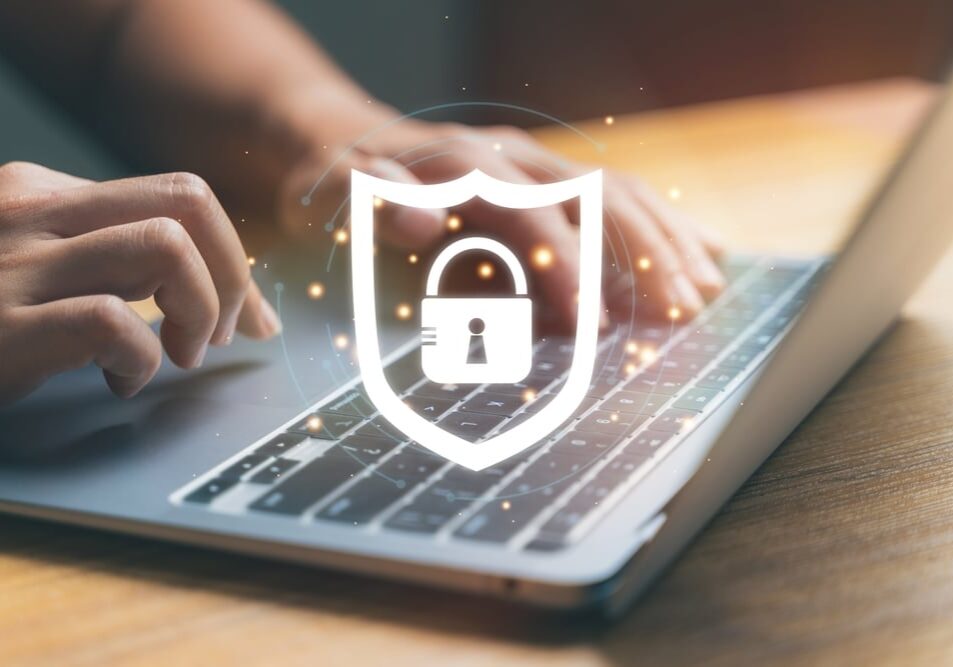In today’s fast-paced digital landscape, cybersecurity has become a pressing concern for businesses of all sizes. Small enterprises, in particular, are finding themselves in the crosshairs of cybercriminals more than ever. Just last year, a small retail business in Chicago faced a crippling ransomware attack that halted operations for weeks. Such incidents underscore the importance of robust cybersecurity measures to protect business assets and customer trust.
As small enterprises increasingly adopt digital platforms to enhance operational efficiency and customer engagement, the need for effective cybersecurity strategies is paramount. This blog aims to explore the evolution of cybersecurity and its implications for small enterprises, offering insights into how these businesses can protect themselves in an increasingly digital world.
The Digital Transformation of Small Enterprises
Small enterprises are embracing digital tools and platforms at an unprecedented rate. From cloud computing and e-commerce platforms to customer relationship management (CRM) systems, the digital transformation is revolutionizing how businesses operate. However, this shift also exposes businesses to new vulnerabilities.
Digital integration offers numerous benefits, such as improved efficiency, better customer insights, and expanded market reach. However, it also introduces risks that small businesses must address proactively. The very technologies that streamline operations also create potential entry points for cyber threats. As a result, cybersecurity is no longer a luxury but a necessity for small businesses aiming to protect their digital assets and maintain customer trust.

The Key Components of Digital Transformation:
- Cloud Computing: Enables small businesses to store data and applications online rather than on local servers, facilitating remote access and collaboration.
- E-commerce Platforms: Allow businesses to reach a broader audience and sell products or services online, increasing revenue opportunities.
- Customer Relationship Management (CRM) Systems: Help businesses manage customer interactions, streamline processes, and improve customer satisfaction.
While these tools enhance operational capabilities, they also require vigilant cybersecurity measures to mitigate risks.
Cybersecurity Innovations and Solutions
Fortunately, the cybersecurity industry is not standing still. Innovations in technology are providing small businesses with powerful tools to combat cyber threats. Here are a few advanced technologies and practical solutions that can enhance cybersecurity:
- Artificial Intelligence (AI) and Machine Learning: These technologies are being used to detect anomalies and potential threats in real-time, enabling proactive cybersecurity measures. By analyzing vast amounts of data, AI can identify patterns that may indicate a threat, allowing businesses to act before damage occurs.
- Blockchain: This technology offers secure transaction methods and can help in ensuring data integrity and authenticity. For small enterprises, leveraging blockchain can enhance supply chain security and protect sensitive data.

Building a Cybersecurity Culture
Creating a culture of cybersecurity within an organization is crucial for minimizing risks. Employees are often the weakest link in cybersecurity, making awareness and training essential components of any security strategy.
Creating a Security-First Mindset:
Fostering a security-first mindset involves integrating cybersecurity into the company's core values. This can be achieved by:
- Conducting Regular Risk Assessments: Assess the organization's unique vulnerabilities and update security protocols accordingly.
- Encouraging Open Communication: Foster an environment where employees feel comfortable discussing security concerns and incidents without fear of repercussions.
- Rewarding Employees for Identifying Threats: Implementing a rewards program for employees who report potential security threats can motivate vigilance.
Importance of Awareness and Training:
Educating employees about the importance of cybersecurity and training them to recognize potential threats can significantly reduce the risk of breaches. Regular workshops and training sessions can equip staff with the knowledge they need to detect phishing attempts and understand the importance of data protection.
Establishing Clear Policies and Procedures
To further enhance cybersecurity, small enterprises should establish clear policies and procedures that outline acceptable use of technology, data handling practices, and incident response protocols. These policies should be communicated to all employees and regularly reviewed to ensure they remain relevant and effective.
Regulatory Compliance and Standards
Compliance with cybersecurity regulations is not just a legal requirement but also a strategic business decision. Small enterprises must stay informed about relevant regulations and standards to avoid penalties and protect their reputation.
- General Data Protection Regulation (GDPR): Applicable to businesses handling EU citizens' data, emphasizing data protection and privacy. Compliance with GDPR can enhance customer trust and provide a competitive edge.
- California Consumer Privacy Act (CCPA): Focuses on protecting consumer rights and personal information in California. Understanding and complying with this regulation is essential for businesses operating in or serving customers in California.
Non-compliance with cybersecurity regulations can lead to hefty fines, legal liabilities, and damage to a business's reputation. Small enterprises must take compliance seriously and work towards aligning their practices with regulatory requirements.
Future Trends in Cybersecurity
The future of cybersecurity is both challenging and exciting, with new trends emerging that could significantly impact small businesses. Staying ahead of these trends is crucial for small enterprises to remain competitive and secure.
Predicted Developments:
- Increased Use of AI and Automation: AI will continue to play a significant role in identifying and mitigating threats, allowing businesses to respond more swiftly and effectively.
- Focus on Zero Trust Architecture: This security model assumes that threats could be internal or external and emphasizes strict identity verification for users and devices. Adopting a zero-trust approach can significantly reduce the risk of unauthorized access.
Preparing for the Future:
To prepare for the future, small enterprises should consider investing in:
- Advanced Threat Detection Systems: Systems that utilize AI and machine learning can help identify threats before they escalate.
- Security Training Programs: Keeping employees informed about the latest threats and best practices is vital for maintaining a strong security posture.
- Partnerships with Cybersecurity Experts: Collaborating with cybersecurity professionals can provide access to the latest technologies and strategies.

Conclusion
As small enterprises navigate the complexities of the digital world, cybersecurity must remain a top priority. By understanding the evolving threat landscape and adopting innovative solutions, small businesses can effectively protect themselves and their customers.
The key to successful cybersecurity lies in a proactive approach that combines technology, training, and compliance. Small enterprises are encouraged to prioritize cybersecurity and consider seeking professional assistance to safeguard their digital assets and ensure long-term success.
